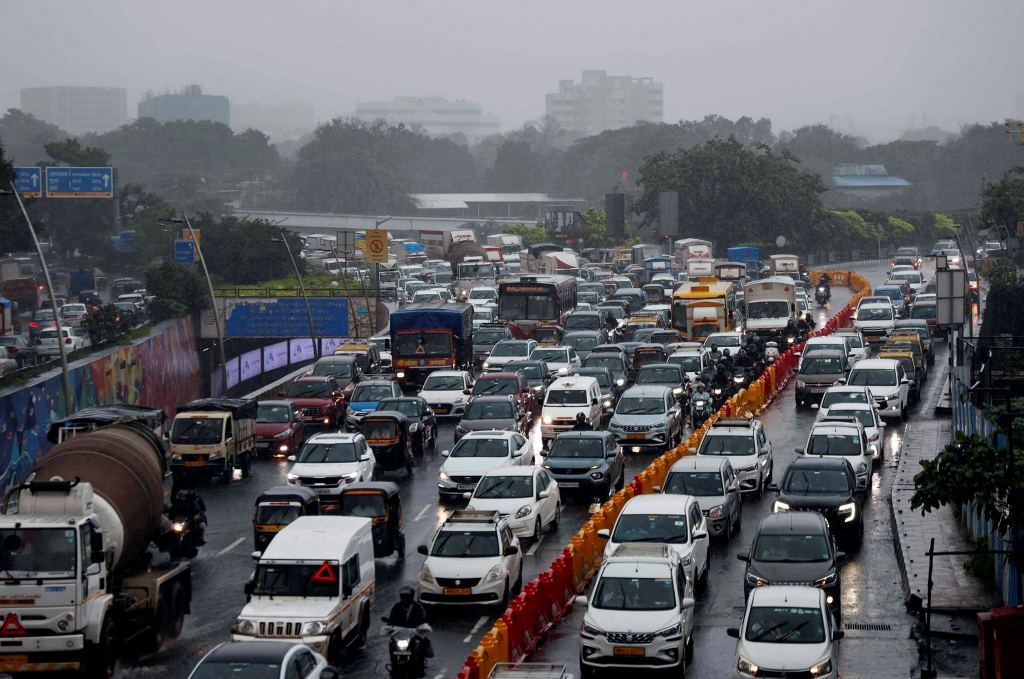App-based cabs returned to the streets of Mumbai on Saturday after a three day protest seeking improved pay and working conditions. The stir began on Tuesday with a majority of Ola, Uber and Rapido drivers halting services in various parts of Maharashtra. Unions leading the agitation however cautioned that the protest could be resumed if the state government failed to respond to their demands.
“Considering the overall situation, we told drivers to resume plying their cabs for now as their families are suffering. We will wait for the state government to revert on our demands. We will also be meeting them. If the government fails to come up with solutions and meet our demands, we will restart our protest,” IFAT president Prashant Sawardekar told Hindustan Times.
Hundreds of commuters were left stranded or delayed this week as key routes remained unserviceable due to the protests. Dr KN Kshirsagar — the president of Maharashtra Gig Kamgar Manch — told PTI that almost 70% of app-based cabs had remained off the roads during the agitation leaving only a handful of vehicles for booking. The Mumbai airport operator had also advised passengers to check for transport availability and make alternate arrangements in light of the protests.
Why were the protests held?
More than a dozen unions had banded together for the agitation earlier this week to push improved pay and working conditions. Key demands included the rationalisation of fares to bring them on par with conventional kali-peeli taxis and autorickshaws as well as the formation of a welfare board for drivers of app-based cabs. They had also sought enactment of the Maharashtra Gig Workers’ Act along the lines of similar legislation in other states.
The strike had intensified after a 46-year-old cab driver died by suicide on Wednesday after being unable to repay the installments for his car.
Govt allows surge pricing for cab aggregators
The protests came mere days after the road transport ministry allowed cab aggregators to charge up to two times the base fare during peak hours — against the 1.5x charge implemented until June. For non-peak hours the fare has to be a minimum of 50% of the base fare. Moreover, the base fare chargeable shall be for a minimum of three kilometers to compensate for “dead mileage” — including the distance travelled without a passenger and the distance travelled and fuel utilized for picking up the passenger.


